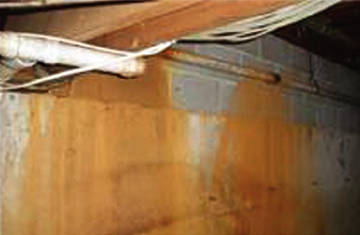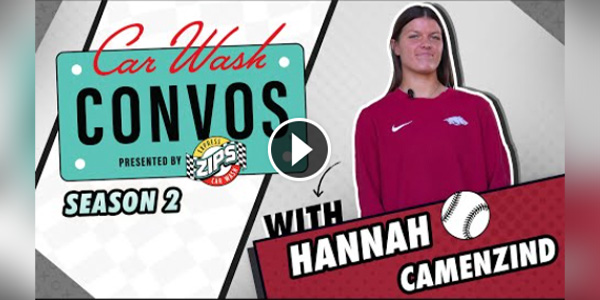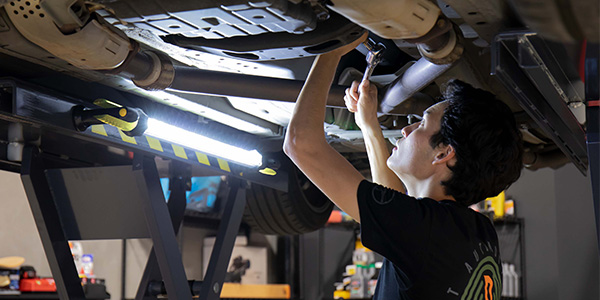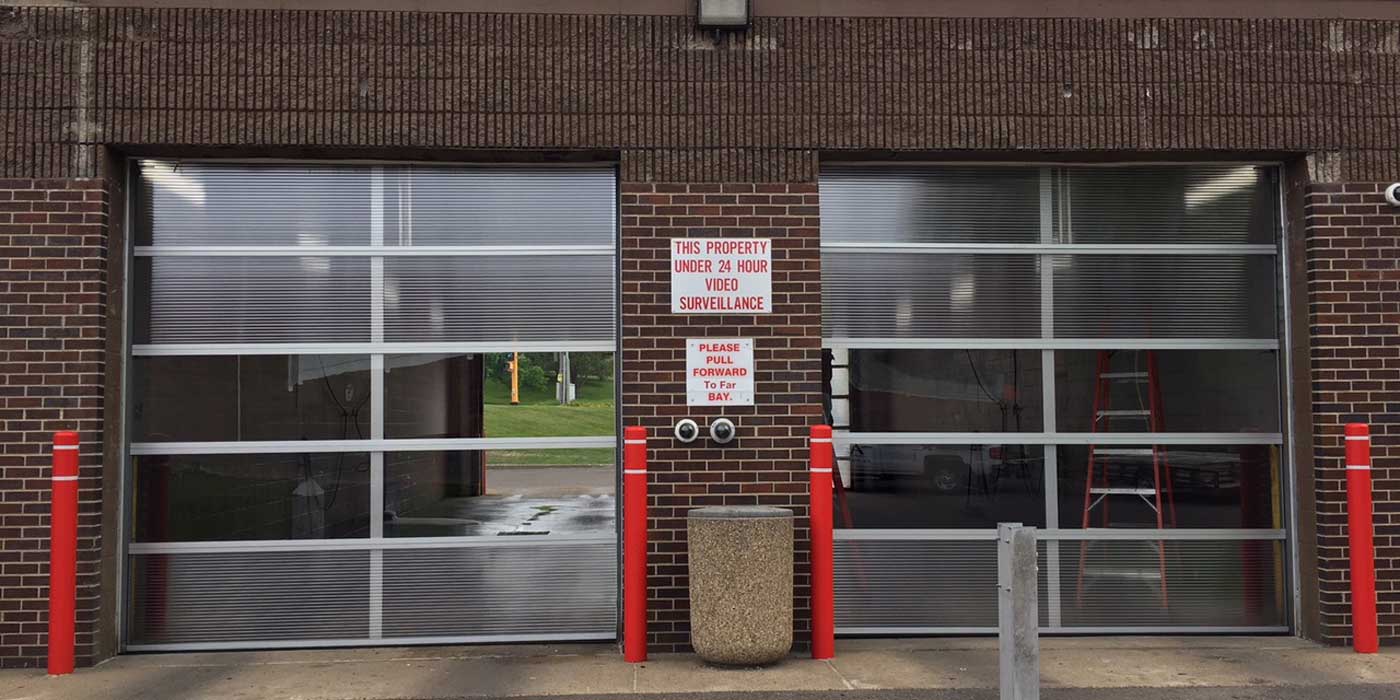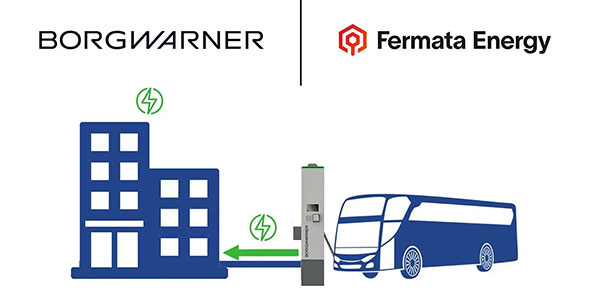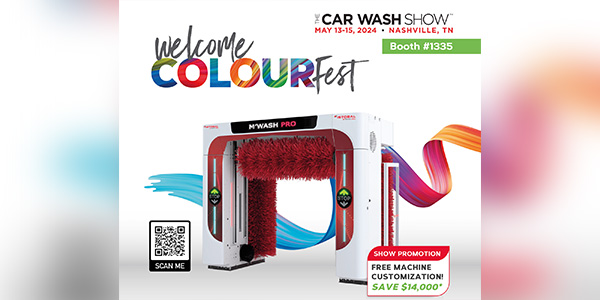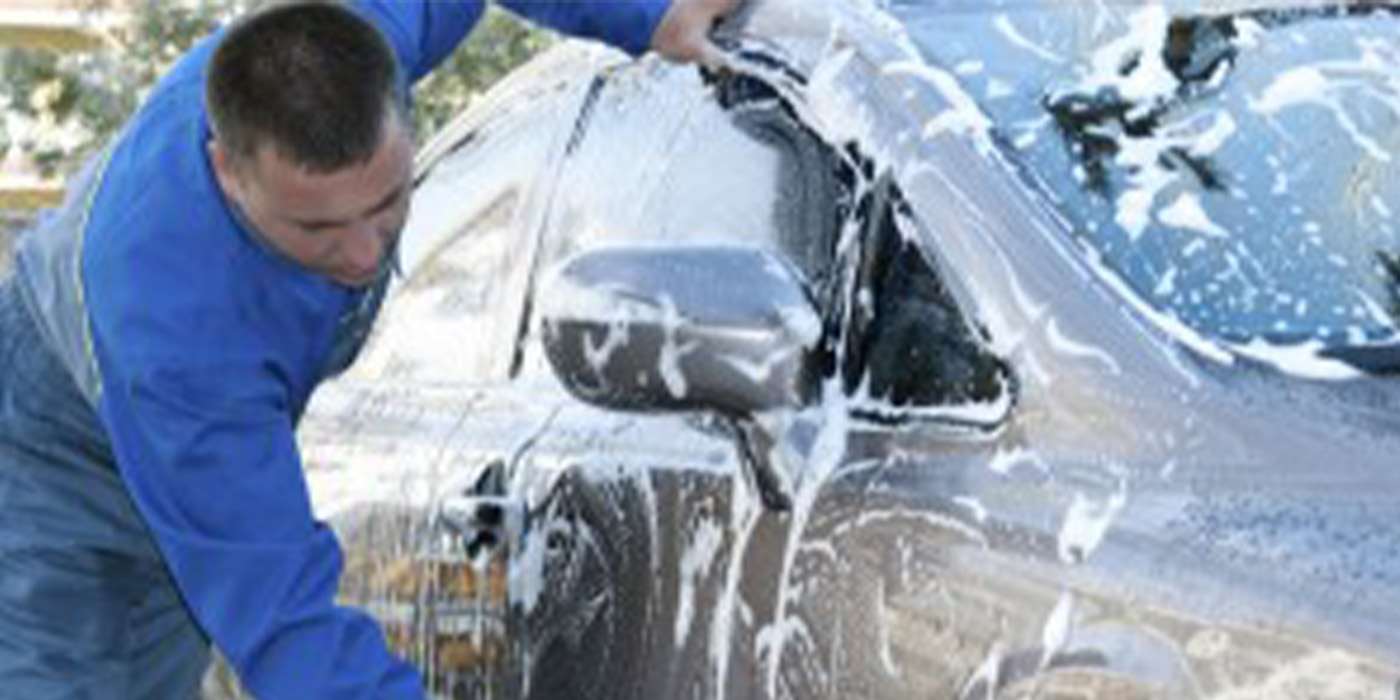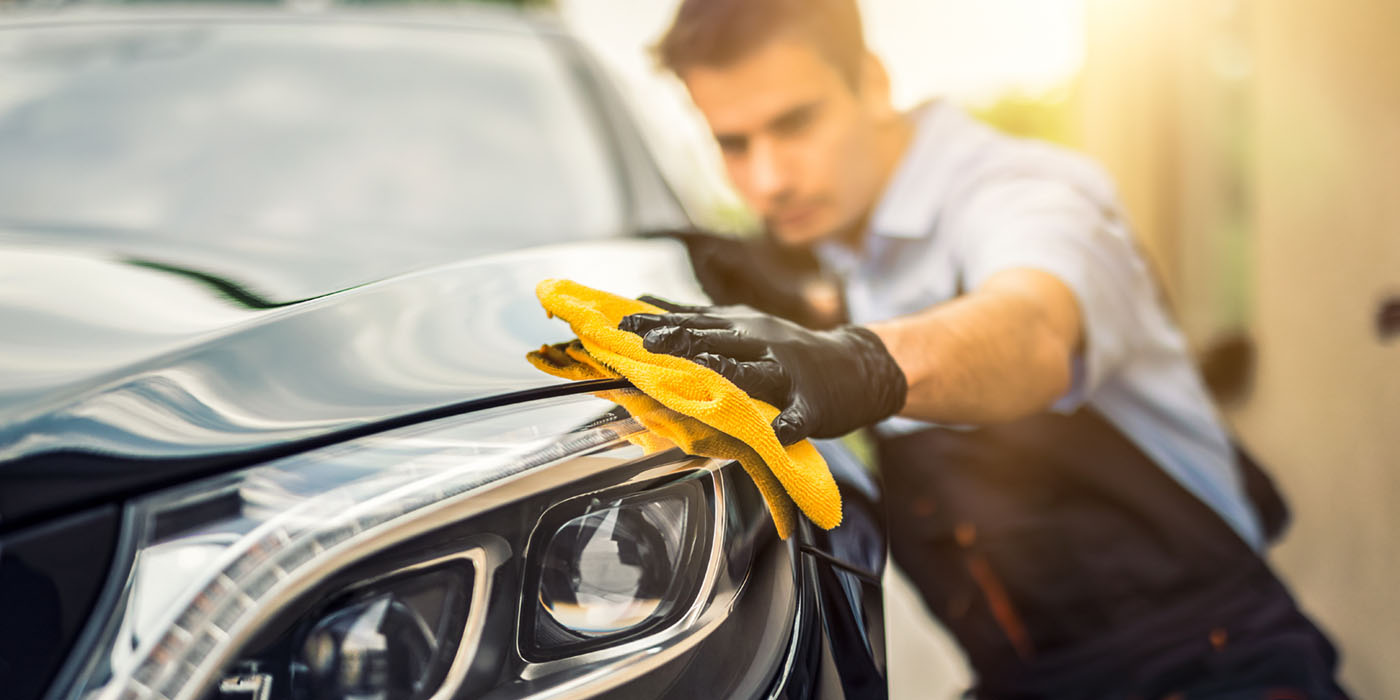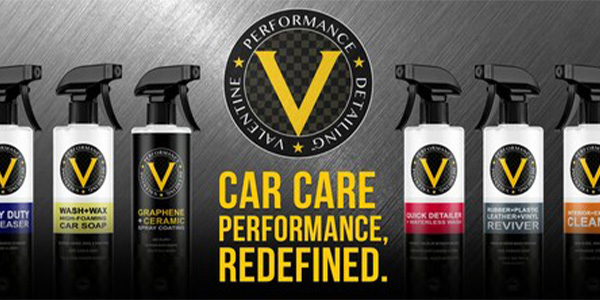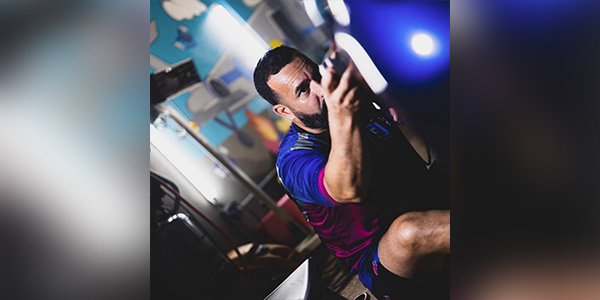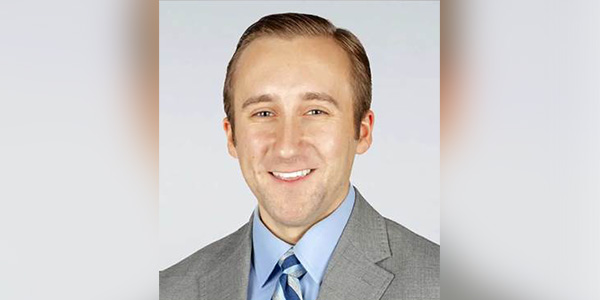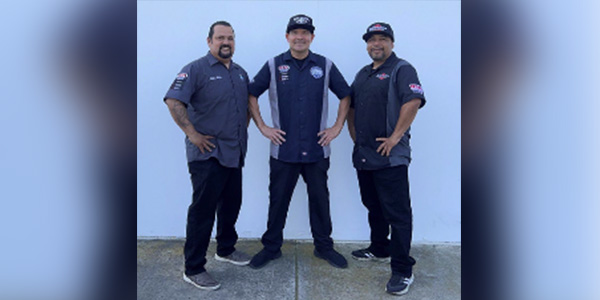Before installing and operating a reverse osmosis unit (RO) at your site. There is some homework that must be done to insure that your system will operate to the best of its abilities. The water source that will be operating the RO will need to be checked to determine if any pre treatment will be needed. If the source is a private well or a municipal water supply, a few minutes of research can save you from future headaches with the RO in the long run. Also the amount of water available and the pressure that is available will help you to determine what needs to be done before installing your RO.
Check the water
Firstly, there must be enough water available to operate the RO along with all the other equipment that is operating on the same water feed. Secondly the water being delivered to the RO must be at a steady pressure that must remain constant. Depending on the size of the RO, the gallons per minute that must be available will vary; the pressure will generally not change due to the size of the RO. A common size in many tunnel applications is the 6 membrane RO unit. We will use this size RO in the following example for water supply and water pressure. Generally if the water being delivered to the RO system is at 30 psi or more, it is ideal for operating the RO system and allows for the unit to operate at its best. As for gallons per minute of water for a 6 membrane RO, 10-15 gallons will be needed, when planning for a RO of this size it is better to allow for the higher 15 gallons per minute at 30 psi. If your RO has a standard flush the extra water is needed for this process, it also ensures that you will have enough water available to keep the RO pump demands satisfied, thus saving the need to constantly replace pumps at the site.
These two aspects, water availability and water pressure are very important when it come to the operation of RO systems. I also believe that these are the two most ignored aspects when it comes to the installation of RO systems. You will most likely never get a satisfactory performance from the RO system if you are lacking in either of these areas, it also leads to premature failure of the pressure booster pumps that feed the RO and damaging the membranes used for making the RO water. This is a very common issue that causes dissatisfaction with a RO system. Remember, when checking the available water at the site, you will need to do so with all other fresh water functions in mind. You may have plenty of water and pressure when other equipment is not operating and not enough when any other equipment is operating. This is a common problem. If the water pressure and gallons per minute for the RO system are not available at the site when all other functions using the same feed are operating, consider feeding the system with a pump station to ensure that it will be fed accordingly and always be able to provide water, even at the busiest time.
Check the source
If the source of water is from a municipality, most of the time a water quality report from the utility is available online. Usually these reports have all the information necessary to determine what type of pre treatment will be needed for the successful operation of the RO system. These reports will let you know which type of carbon must used to remove the disinfectant that the utility uses in the water supply. If your source is a well that is not being disinfected, carbon is generally not needed. The chlorine and chloramines used in the water supply will damage the RO membranes if not removed before being sent to the system.
If the municipality uses flocculants in the water supply, it is important to note what type and how much is used during the year, this can be a source of frustration for the end user as well as the dealer trying to troubleshoot the issue . Flocculants sometimes require special pre treatment and/or the regular cleaning of the membranes on the RO system. It is much better to discover this before you install an RO than after the fact. You can then assess if you want to put in extra time that will be involved in cleaning the membranes on a regular basis and replacing them more often than one would if this was not an issue.
Usually if you can provide the TDS (total dissolved solids) in your water feed, your dealer should be able to determine, what if any other testing of the water will be needed to determine which pre treatment for the RO system will be needed. Common forms of RO pretreatment are water softeners and water conditioners. B y and large, if the water that is feeding the RO has a TDS 750 or less, a water softener or conditioner will suffice for the pre treatment. It is always best to check with your supplier to get their opinion. Other items that can cause problems for the RO if they are prevalent in the feed water are iron and manganese. Iron will generally leave a red type stain and manganese will be black. Though you should not judge the water quality by the last statement, it is a help in identifying what may be in the water supply.
The keys to success
Taking notice of the items listed above and talking with your supplier about these issues will go a long way in making sure that your RO installation and operation have the best chance of success at your site. These issues seem to be overlooked and only tended to as an afterthought or once the issues start after the start rearing their ugly head at start up or several months after operation has begun. Pump replacement or membrane replacement and cleaning are generally the answers to ignoring the basics of RO operation. If the operator will take a little time and do the homework, they will get better results and longer life out of their RO system.

